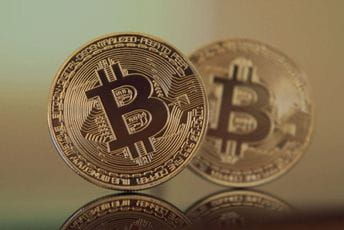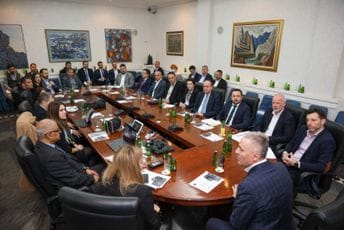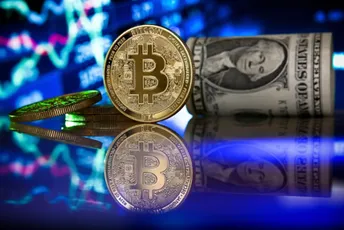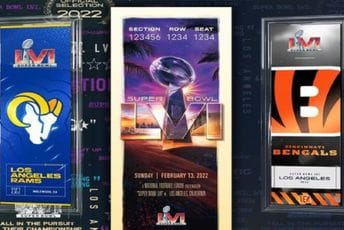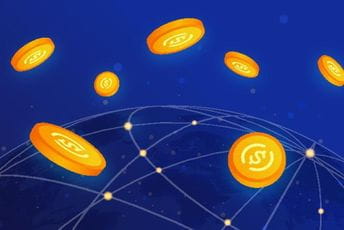The version of this article in Montenegrin is available here.
The world of cryptocurrencies has suddenly become inseparable from the world of fine arts, music, games, and many other fields thanks to the emergence of NFTs – non-fungible tokens that are considered a key driver of blockchain technology in a wider range of areas than initially adapted.
As more and more entities enter the Web3 sphere, NFTs could play a key role in connecting business giants, global brands, and influential individuals, combining physical products and virtual services as special benefits for users.
The bottom line is that NFTs should not be seen as a trend or a phenomenon that has allowed the simplest drawing or message of a few words to be sold at dizzyingly high prices, but as the first actual phenomenon that blurs the line between the real world and the characteristics of the metaverse.
NFT has made a complete turnaround in the world of music, valorizing authors’ creativity in a fairer way than anything that has previously been a part of the usual practice of record labels. For decades, no matter how much artists and composers earned from their work, their income was still lower than the income that record labels would earn solely thanks to them.
The situation was further aggravated by the crisis in the market of records, whose numerous stores were closed, especially during the previous decade, because the battle with digital music streaming was not easy to fight. Music streaming services, on the other hand, also made money at the expense of the performers, also contributing to the unfair distribution of revenue from music sold.
The time of canceled tours and concerts was the right time for a turnaround. After the visual artists started moving their works to NFT platforms due to the pandemic, the musicians decided to make that move.
Digital files, by nature, can be easily copied and shared, and the bottom line is that by purchasing NFT, the customer has a proof of ownership and origin, knowing that the file is never duplicated because each token has its own identity, authenticity, and traceability.
The key steps in this transformation were made by big names from the world of music, especially performers who decided to return the credit to those to whom it belongs – musicians who have been exploited by record labels for too long, getting only crumbs, and who recognized NFT's potential for transformation.
With that in mind, what we can expect in the coming period is the upgrade of services and platforms in this area, especially when it comes to advanced platforms that will be based on this technology, all with the aim of fair revenue distribution and maintaining control over intellectual property. .
As in all other spheres, so in music, NFT represents a certain type of digital certificate of authenticity precisely because of its uniqueness. Each NFT contains a large amount of metadata, i.e. information related to ownership, date of origin and transactions in which it was located, which are visible and verifiable, which allows them to be authentic.
In addition to contributing to the development of innovative technology whose potentials are yet to be discovered and whose real significance has yet to be seen, NFT in music not only creates a synergy of virtual and real by packing them into a common product but also amends unfairness step by step.
* * * * *
This content was brought to you by VISA, the global leader in digital payments, whose mission is to connect the world with an innovative and secure payment network to enable individuals, businesses, and economies to grow.
Visa is the general partner of the Fintechlopedia project, an electronic glossary containing all relevant elements of digital transactions and related phenomena, situations, processes, and innovations.

